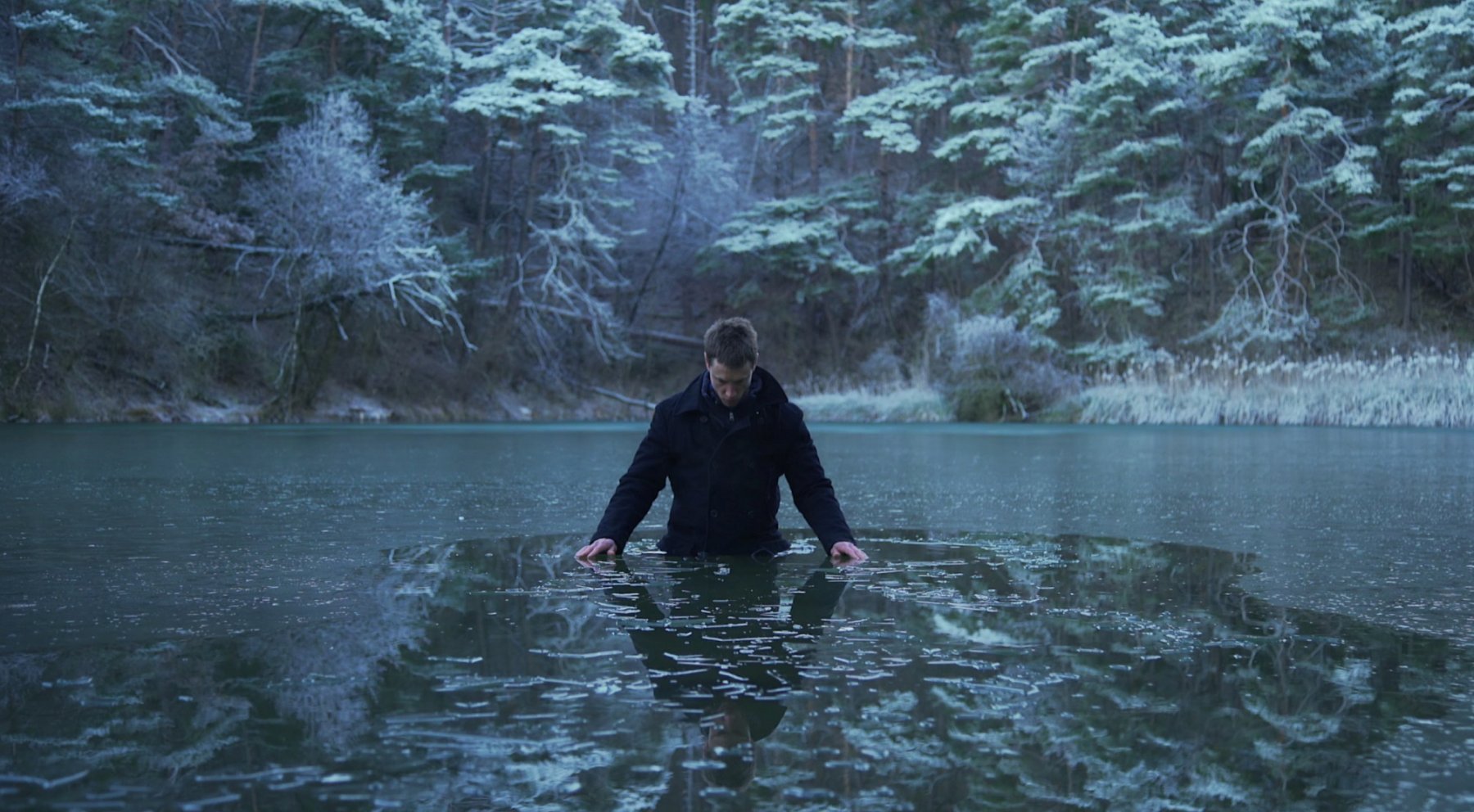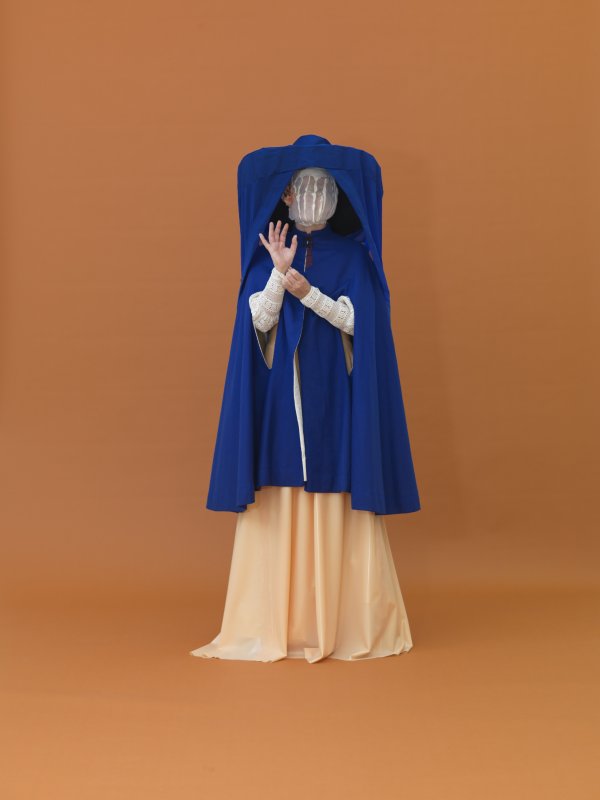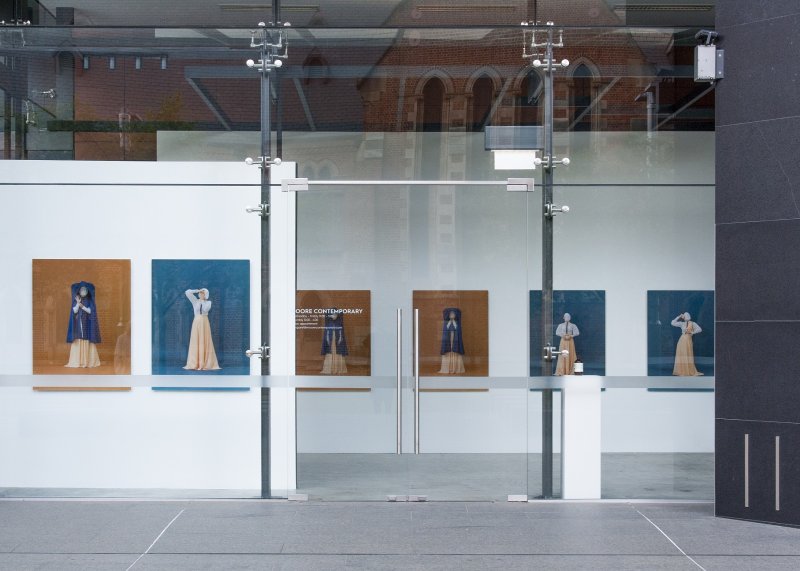The Mirror
EditorialAboutA+a Study CentreA+a ArchiveShopClose Menu

Margaret Moore, the director of MOORE CONTEMPORARY and gallery artist Pilar Mata Dupont spoke to Art + Australia about their geographically unique pandemic experiences, speaking from Western Australia, Argentina and the Netherlands, Moore and Mata Dupont discussed the benefits and difficulties experienced in each locale.
MOORE CONTEMPORARY is based in Perth. 2020 and 2021 were both distinct experiences for the gallery. As time progressed the pandemic unfolded as a story in two parts. The essential first round of closures that occurred in March 2020 were deeply unsettling. Initially, and I think this was a commonly held sentiment, it was hard to imagine if and when doors might open again. That first shutdown had a sense of such immediacy. Its impact direct yet its legacy carried a sense of the unknown. Short term shuttering has since become normalised for many galleries, but it did not feel normal at the outset. Similar to many galleries across the country, I had opened a new exhibition, a solo presentation by Jacobus Capone, and closed it within forty-eight hours.



Some three months later I was able to re-open the space and did ultimately re-stage that exhibition, though I would say that the psychological uncertainty and fragility of 2020 meant that business and visitation in all forms was very subdued. Additionally, it did not seem the time for intensive marketing (never this gallery’s approach anyway) or desperation, rather it was a time to ensure artists could be best supported through empathy, forward looking projects and of course potential sales. I believe there are many nuanced roles within a sound gallery/artist partnership, although acquisition of artworks is of course critical longer term.
2021 was vastly different with a heightened confidence, growth in mailing lists, inquiries, sales, visitation—in-person as well as digitally, and increased interest in general. Unlike what some cities have endured, Perth was relatively unscathed by the pandemic with a couple of short enforced closures. The continuity of programming and visibility has been gratefully advantageous and fortunate. This experience along with learning from the experience of others, means that should the situation in Perth shift we have had time to build resolve about continuity in the face of change.
Impacts on the gallery business have been quite specific, though a greater impact is the appreciation of what and why we do what we do. The most overt shift for galleries over the past two years has been the escalation of online viewing rooms, especially within the context of art fairs, and the evolution of various online sales platforms in general. At the same time the rise of digital fatigue could equally be charted. This suggests a balance will be sought in coming years between the retention of niche and boutique experiences that can only be provided by art in-person, while ensuring artists are best supported through relevant digital realms.
Agility, adaptability, and flexibility have all been honed by many during this period, although I think the visual arts is a sector where that has always been the case and it is what enhances its vitality. The rise of NFTs might have been fast-tracked through the heightened attention given the increase in our technological capability. Even though we have had to adapt and be flexible it has been quite challenging for many artists due to the postponement or loss of projects, loss of planned residencies, sales and increased isolation within studio practices. The inability to travel has meant that when projects have gone ahead the artist has not necessarily been able to be present. This has clearly impacted curators who also have had to deliver projects remotely.
It has simultaneously been a time of frustrations and a time of reflection, which will translate into future works and methodologies, not all of which is disappointing. Artists are often well versed in working within constraints and circumstance. Sometimes enforced shifts in direction can be enriching.
All images courtesy the artist and MOORE CONTEMPORARY

As an artist working between Australia and The Netherlands, the restrictions have had a drastic effect on my practice. When the first lockdowns started, I was in Argentina about to undertake shooting my first feature-length film. I’d spent years researching, fundraising, and planning. I was filming in the south of Patagonia when the Argentinean government announced a 14-day lockdown. I was luckily able to get on the last long-distance bus back to Buenos Aires to take a flight out of the country. Argentina was subsequently locked down under military control for more than 150 days.
I managed to get back to the Netherlands, planning to return to Australia in late 2020, however, this was not possible due to the restrictive (financial, logistical) conditions and with so many Australians in a position less fortunate than me with their residency permits trying to get home. The Dutch government opened everything up during summer 2020, which led to complete chaos as the winter months came in. In December we went into a restrictive six-month lockdown. More and more of my friends and peers got sick. Around 40% of those have been left with varying symptoms of long COVID, some still struggling to return to normal up to eight months later.
I was finally vaccinated in June of 2021 and things seem to be returning to some kind of normalcy here, though there have been many losses. I, sadly, lost an uncle in Argentina to COVID a few months ago. He had been unable to get access to a vaccine, which has made me even more grateful I had such easy access to an effective vaccine in the Netherlands. I hope to be able to return to Australia in 2022, but that’s looking less likely all the time.
I have been in a fortunate enough position to be able to work from home during the worst of the pandemic. I spent most of 2020 on my balcony with my laptop working on various screenplays. The feature film I was making has taken a different turn and has become various smaller (but no less exciting) projects that can mostly be made outside of Argentina, which won’t be safe to visit again for at least another year. The lockdowns associated with the pandemic have made it so all of my work has to be made locally and to be mostly shown online. I have physical solo exhibitions at the Samstag Museum of Art and MOORE CONTEMPORARY coming up later this year but I won’t be able to visit for the install and openings. Fortunately, as a video artist and photographer, my absence hasn’t caused too many logistical issues.

During this period I was commissioned by Lauren Carroll Harris from Prototype to create a chapter of that feature film using footage I’d managed to capture before having to leave Argentina in March 2020. I shot some extra scenes for that here in Rotterdam with a distanced, masked, skeleton crew due to the fact we were in a lockdown. I even performed the character myself to cut down on the people in the room. That film, La Maruja, has since shown on Prototype’s website and was subsequently shown with its associated photo series at MOORE CONTEMPORARY in September 2021. I also worked on a related concept for a fictional video work set in Perth, La Piedra, which was a finalist in the Ian Potter Moving Image Commission and given a $20,000 grant to develop. This will have to remain in script form until I can safely return to Australia.
I used to spend more than half the year in different places around the world researching and working. With everything that has happened in the last 18 months my work has become much more studio-based and writing focused.

A Story In Two Parts : Margaret Moore
Visit MOORE CONTEMPORARY online
Follow MOORE CONTEMPORARY on Instagram
La Maruja : Pilar Mata Dupont
Margaret Moore. 2022. “A Story In Two Parts.” Art and Australia 57, no.2 https://artandaustralia.com/57_2/pp7/moore-contemporary